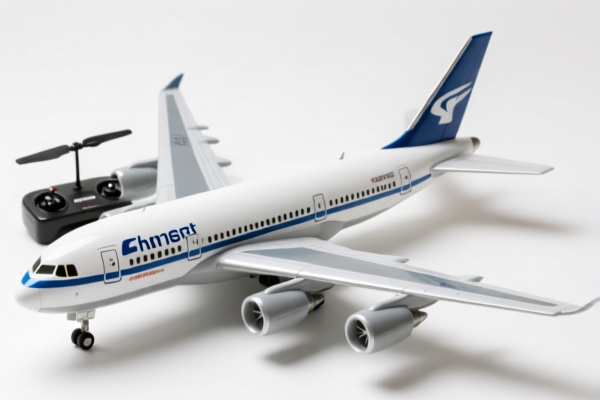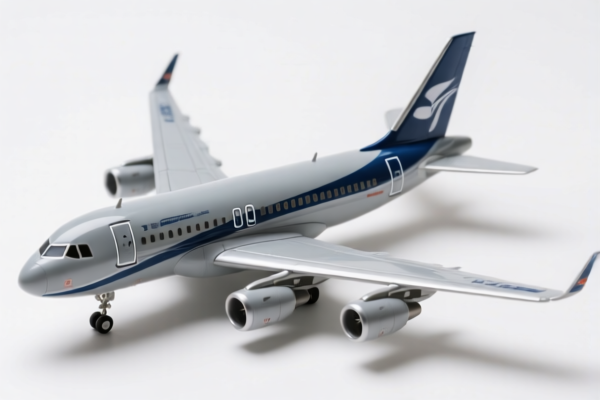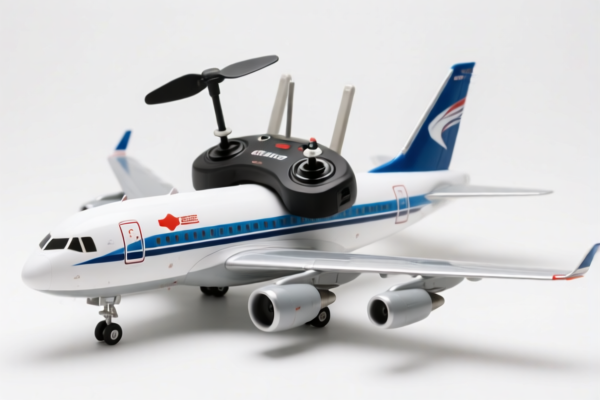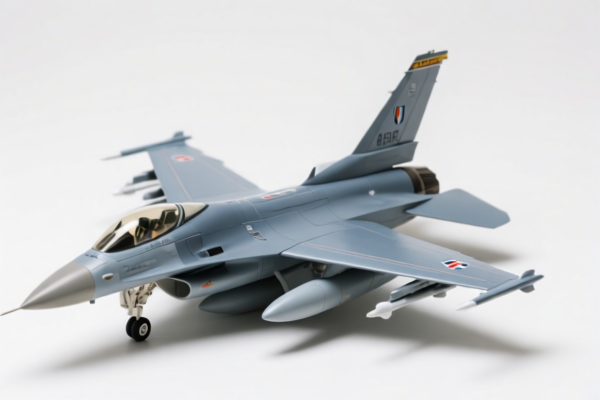| HS Code | Official Doc | Tariff Rate | Origin | Destination | Effective Date |
|---|---|---|---|---|---|
| 8526925000 | Doc | 55.0% | CN | US | 2025-05-12 |
| 8526921000 | Doc | 30.0% | CN | US | 2025-05-12 |
| 8543708800 | Doc | 30.0% | CN | US | 2025-05-12 |
| 8543906800 | Doc | 55.0% | CN | US | 2025-05-12 |
| 9608996000 | Doc | 37.5% | CN | US | 2025-05-12 |
| 9608993000 | Doc | 20¢/thousand + 3.5%+37.5% | CN | US | 2025-05-12 |
| 9609908000 | Doc | 37.5% | CN | US | 2025-05-12 |
| 9620001000 | Doc | 57.0% | CN | US | 2025-05-12 |
| 9620001000 | Doc | 57.0% | CN | US | 2025-05-12 |
| 9503000090 | Doc | 30.0% | CN | US | 2025-05-12 |
| 9503000073 | Doc | 30.0% | CN | US | 2025-05-12 |
| 9504904000 | Doc | 30.0% | CN | US | 2025-05-12 |
| 9504500000 | Doc | 30.0% | CN | US | 2025-05-12 |
| 8806210000 | Doc | 55.0% | CN | US | 2025-05-12 |
| 8806220000 | Doc | 55.0% | CN | US | 2025-05-12 |
| 8807300030 | Doc | 55.0% | CN | US | 2025-05-12 |
| 8807909015 | Doc | 55.0% | CN | US | 2025-05-12 |
| 8801000050 | Doc | 37.5% | CN | US | 2025-05-12 |
| 3926903000 | Doc | 59.2% | CN | US | 2025-05-12 |
| 3901905501 | Doc | 61.5% | CN | US | 2025-05-12 |
| 3901909000 | Doc | 61.5% | CN | US | 2025-05-12 |
| 3914002000 | Doc | 55.0% | CN | US | 2025-05-12 |
| 3914006000 | Doc | 58.9% | CN | US | 2025-05-12 |




Aircraft Remote Control Model
An aircraft remote control model, often referred to as an RC airplane, is a scaled-down version of a real aircraft, controlled remotely by a pilot on the ground using a transmitter. These models range in size from very small, indoor-only electric planes to large, sophisticated gas-powered replicas.
Materials
RC airplane construction utilizes a variety of materials, chosen for strength, weight, and cost:
- Balsa Wood: Historically the most common material, prized for its lightweight and high strength-to-weight ratio. Often used for wings, fuselage, and tail surfaces. Requires covering with materials like Monokote or Oracover.
- Foam (EPP, EPO): Expanded Polypropylene (EPP) and Expanded Polystyrene (EPO) are durable, lightweight foams, commonly used in beginner and sport models. More resistant to crashes than balsa.
- Composite Materials (Carbon Fiber, Fiberglass): Used in high-performance and scale models for exceptional strength and rigidity. More expensive and typically requires specialized construction techniques.
- Plastic: Increasingly common in smaller, ready-to-fly (RTF) models, offering durability and ease of manufacturing.
- Metal: Aluminum alloys are used for landing gear, engine mounts, and other structural components requiring high strength.
Purpose
The purposes of RC airplane models are diverse:
- Recreation: The most common purpose, providing enjoyment through piloting skills development and social interaction.
- Sport: Competitive RC aerobatics, racing, and freestyle flying.
- Scale Modeling: Replicating real aircraft with high accuracy in detail and flight characteristics.
- Aerodynamic Research: Used in some cases for small-scale testing of aerodynamic principles.
- Training: Used as a stepping stone for pilots learning to fly full-scale aircraft.
Function
The core function of an RC airplane is sustained, controlled flight achieved through the following components:
- Wings: Generate lift, enabling the aircraft to stay airborne. Wing shape (airfoil), area, and control surfaces (ailerons) are critical.
- Fuselage: The main body of the aircraft, providing structural support and housing the radio equipment and power system.
- Tail Surfaces (Elevator, Rudder): Provide stability and control of pitch and yaw.
- Power System: Provides thrust to overcome drag. Can be electric motors with batteries, or internal combustion engines (glow, gasoline).
- Radio Control System: Allows the pilot to control the aircraft remotely. Includes a transmitter (handheld controller), receiver (in the aircraft), and servos (actuate control surfaces).
Usage Scenarios
RC airplanes are flown in a variety of environments:
- Flying Fields: Dedicated areas maintained by RC clubs, offering smooth runways and safe flying conditions.
- Parks and Open Spaces: Suitable for smaller, slower models, with consideration for safety and local regulations.
- Indoor Gymnasiums/Arenas: Used for smaller, indoor-only models.
- Slopes (Gliders): Utilizing wind currents to sustain flight without a power system.
Common Types
RC airplanes are categorized based on their design and intended use:
- Trainer Aircraft: Designed for beginners, with stable flight characteristics and forgiving handling. Typically high-wing designs.
- Sport Aircraft: Versatile models suitable for general recreational flying and basic aerobatics.
- Aerobatic Aircraft: Designed for performing complex maneuvers, with high power and precise control.
- Scale Aircraft: Replicas of real aircraft, with attention to detail and realistic flight characteristics. Can be static displays or fully functional flyers.
- Gliders: Unpowered aircraft that utilize wind currents to stay aloft.
- Warbirds: Scale models of military aircraft from various eras.
- Jets: High-speed models powered by turbine or ducted fan engines.
- Electric Ducted Fan (EDF): Utilize electric motors to power a ducted fan, providing higher speed and thrust than propeller-driven electric models.
- Quadcopters/Multirotors: While technically not fixed-wing airplanes, they are often considered within the broader RC hobby due to their remote control nature and piloting skills required.
Based on the provided information, the following HS codes are relevant to “aircraft remote control model”:
-
8806210000: This HS code falls under Chapter 88 – Aircraft or helicopters, and parts thereof. Specifically, it covers Other, for remote-controlled flight only, with a maximum take-off weight not more than 250 g. The tariff details indicate a 0.0% basic tariff, a 25.0% additional tariff, and a 30.0% additional tariff after April 2, 2025, resulting in a total tariff of 55.0%.
-
8806220000: Also within Chapter 88, this HS code covers Other, for remote-controlled flight only, but with a maximum take-off weight more than 250 g but not more than 7 kg. The tariff structure is identical to HS code 8806210000: 0.0% basic tariff, 25.0% additional tariff, and 30.0% additional tariff after April 2, 2025, for a total tariff of 55.0%.
-
8807300030: This HS code is categorized under Chapter 88 – Parts of goods of heading 8801, 8802 or 8806. It specifically covers Other parts of airplanes, helicopters or unmanned aircraft for use in civil aircraft. The tariff details are: 0.0% basic tariff, 25.0% additional tariff, and 30.0% additional tariff after April 2, 2025, resulting in a total tariff of 55.0%.
-
9504904000: This HS code falls under Chapter 95 – Game machines, other than those operated by coins, banknotes (paper currency), discs or similar articles; parts and accessories thereof. It covers Other game machines. The tariff details indicate a 0.0% basic tariff, a 0.0% additional tariff, and a 30.0% additional tariff after April 2, 2025, resulting in a total tariff of 30.0%.
Regarding HS code 8806210000 and 8806220000, the maximum take-off weight is a critical factor in determining the correct classification. Ensure accurate weight verification for customs clearance.
Customer Reviews
No reviews yet.